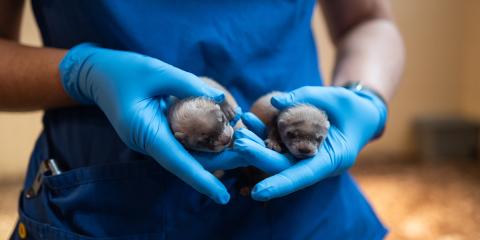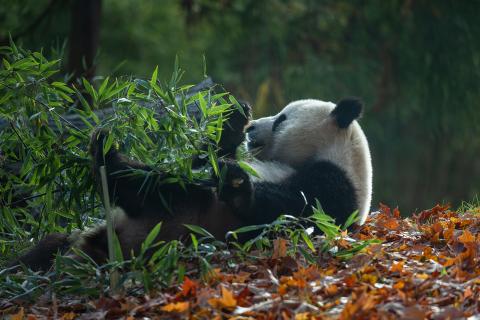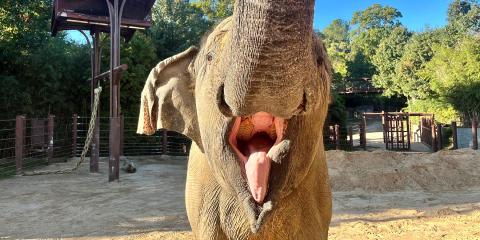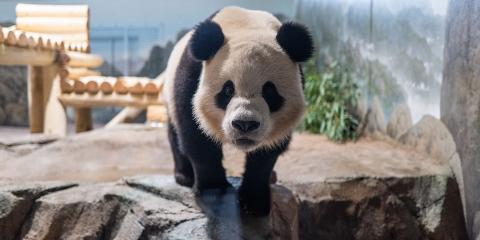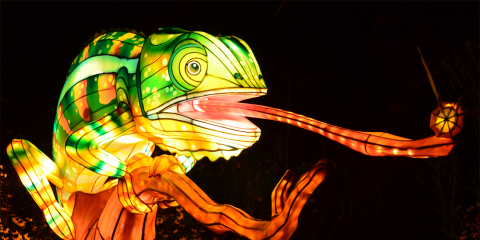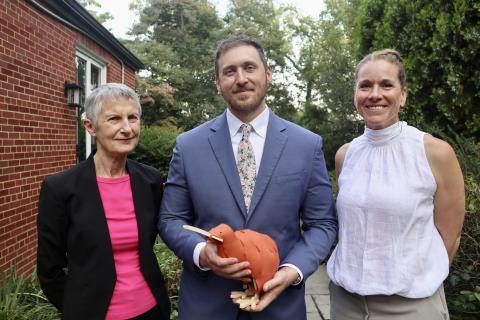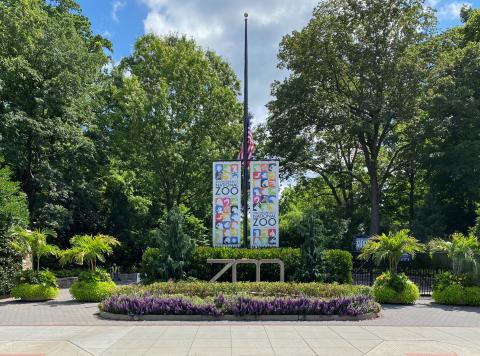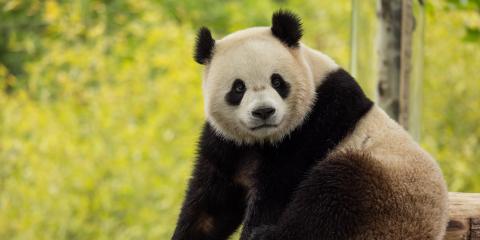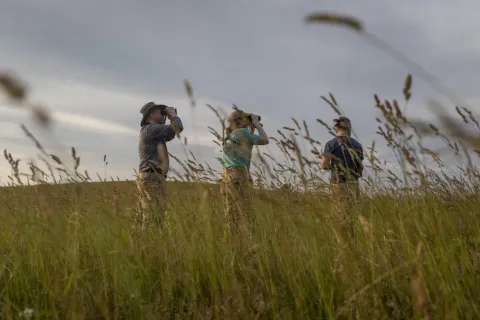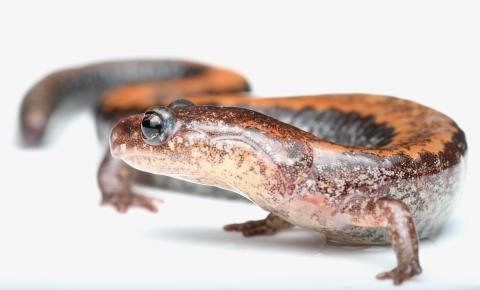News
Displaying 26 - 50 of 2289
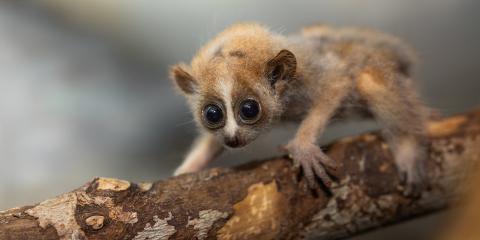
December 18, 2024
Read Some of the Zoo’s Most Amazing Animal Stories of 2024

November 22, 2024
Meet the Eastern Red-Backed Salamander, A Tiny Environmental Hero
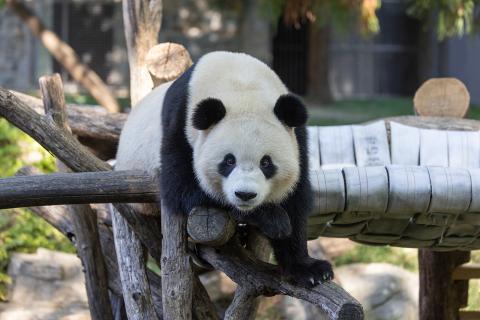
November 15, 2024
Giant Panda Video and Photo Gallery
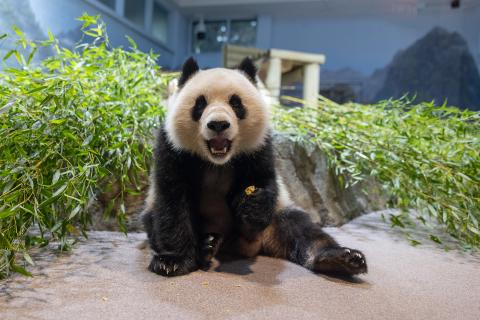
November 06, 2024
How Keepers at Smithsonian's National Zoo Help Giant Pandas Feel at Home

October 23, 2024
Giant Panda Program Media Resources
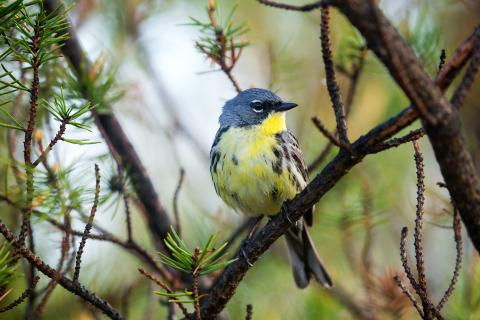
October 04, 2024
Drier Winter Habitat Impacts Songbirds’ Ability to Survive Migration
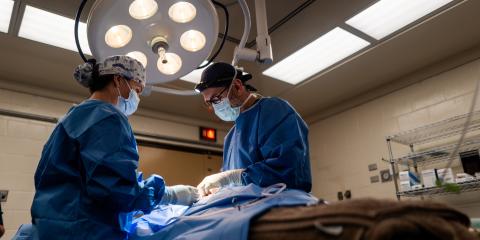
October 04, 2024
Inside the Zoo: A Rare and Life-Preserving Cheetah Surgery
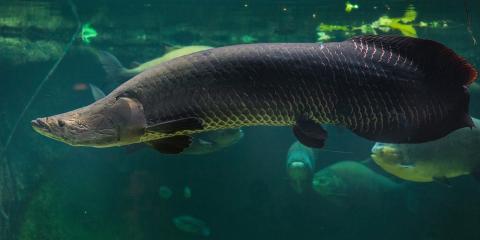
October 01, 2024
Creature Feature: Meet the 'Freshwater Giant' Arapaima
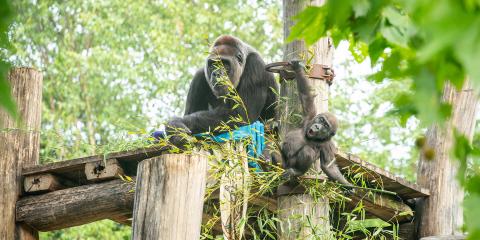
September 24, 2024
#GorillaStory: Happy World Gorilla Day, Zahra!
September 23, 2024
Guam Sihek Released to the Wild
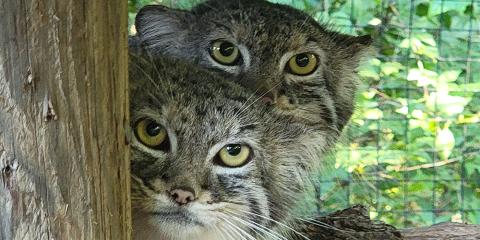
September 06, 2024
Creature Feature: Meet the “Grumpy” Pallas’s Cat
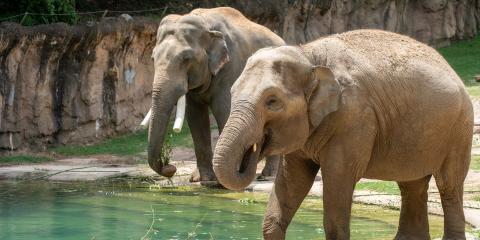
August 30, 2024
How Do You Stomp Out An Elephant Disease?
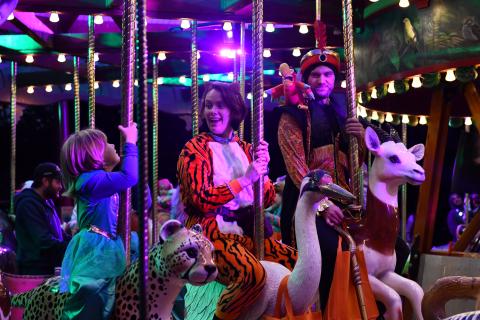
August 20, 2024
Boo at the Zoo and Night of the Living Zoo Return This October
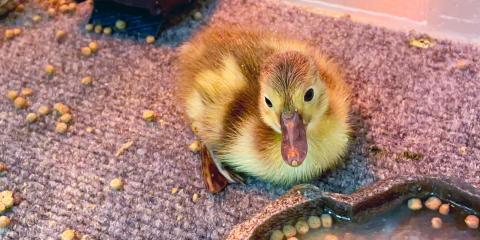
August 20, 2024
Make Way for Ducklings and Chicks
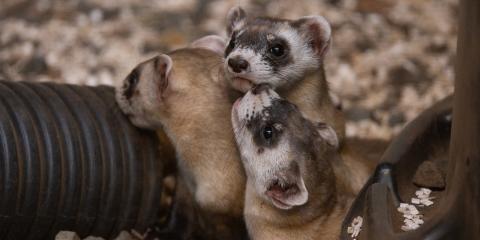
August 16, 2024

